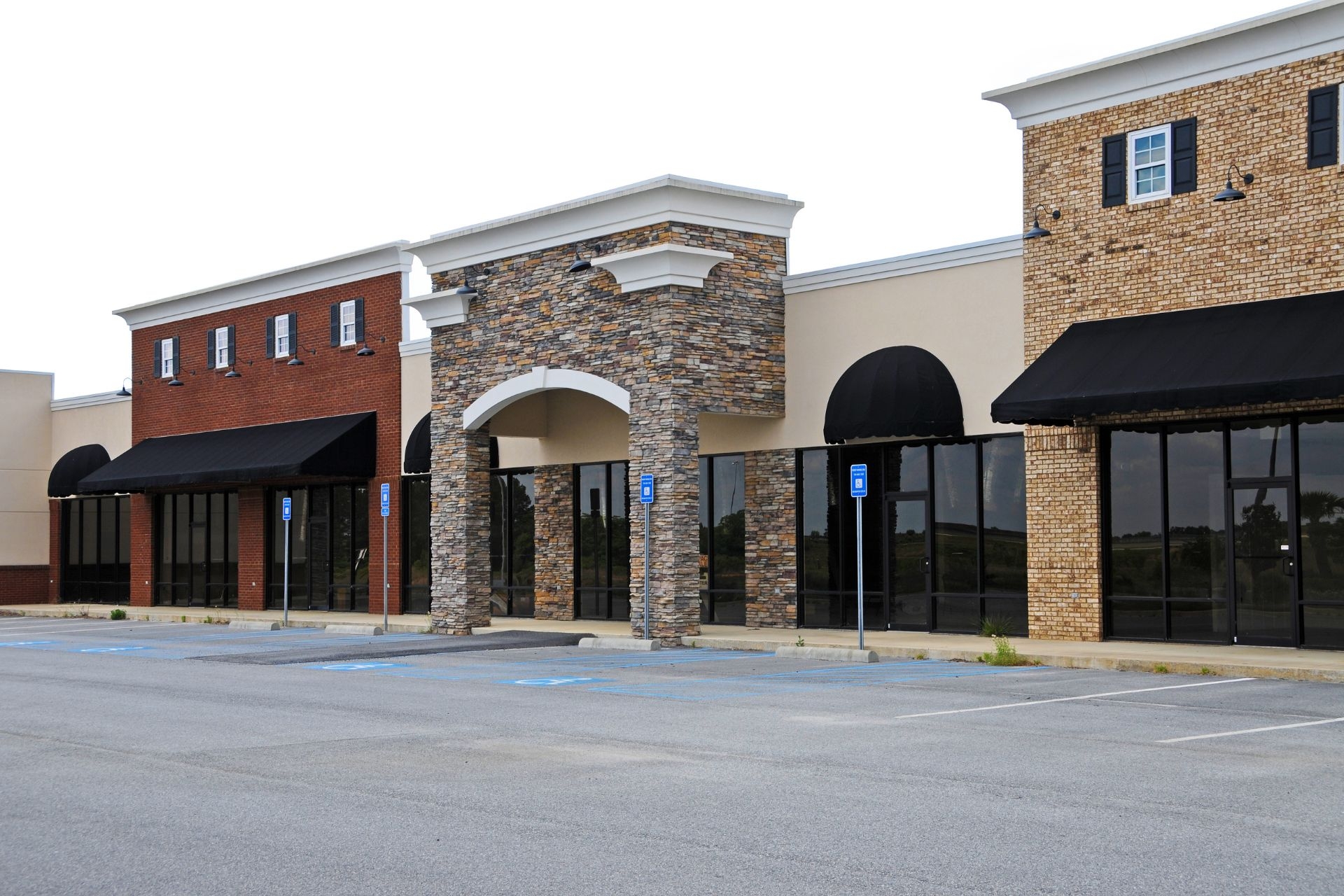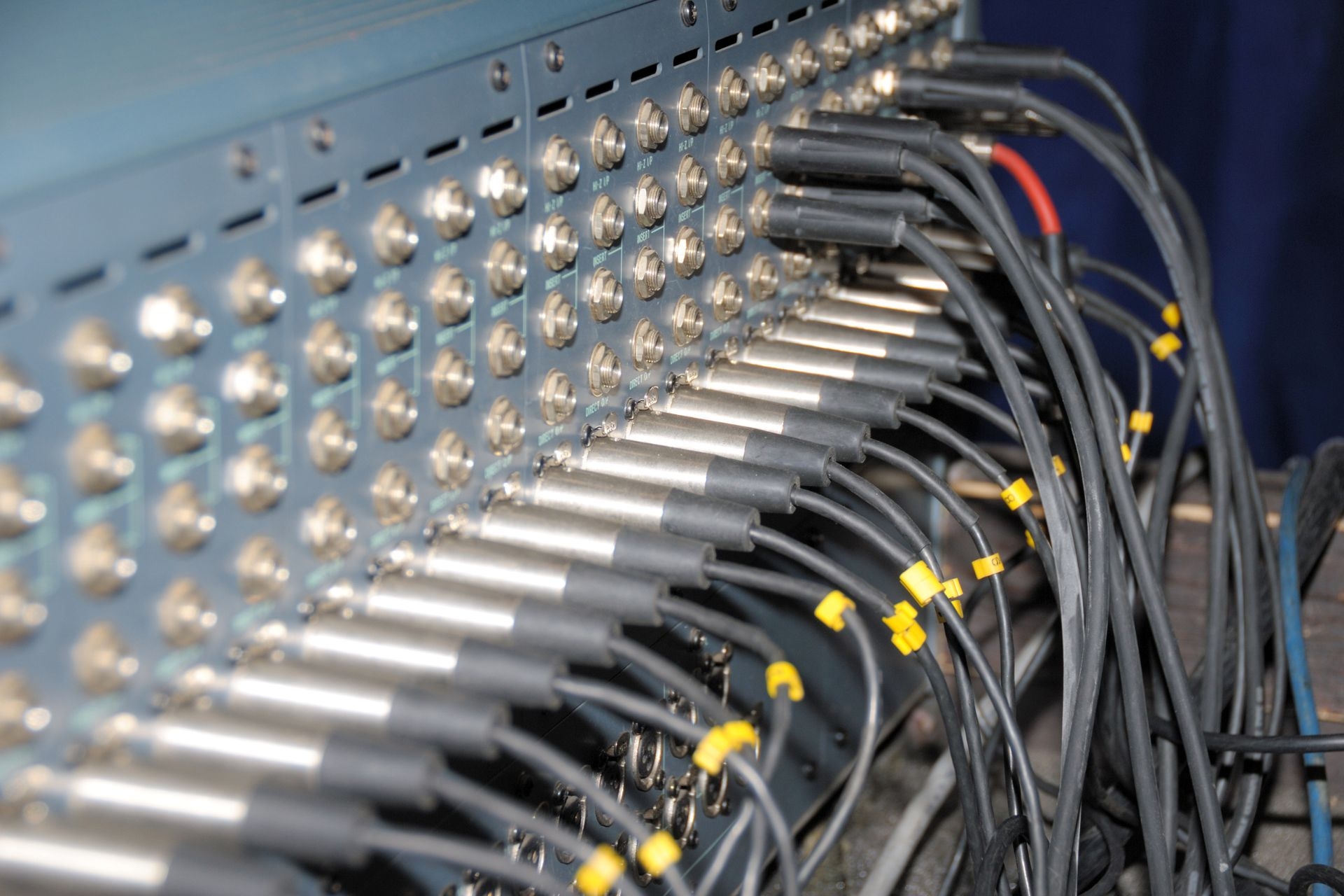Zoom Lenses
What is the difference between a zoom lens and a prime lens?
A zoom lens and a prime lens differ in their focal length capabilities. A zoom lens allows the photographer to adjust the focal length within a certain range, providing versatility in framing the shot without physically moving closer or further from the subject. On the other hand, a prime lens has a fixed focal length, meaning the photographer must physically move to adjust the framing of the shot. This difference in focal length flexibility is a key distinction between the two types of lenses.
All About Camera Lenses and Image Sensors



